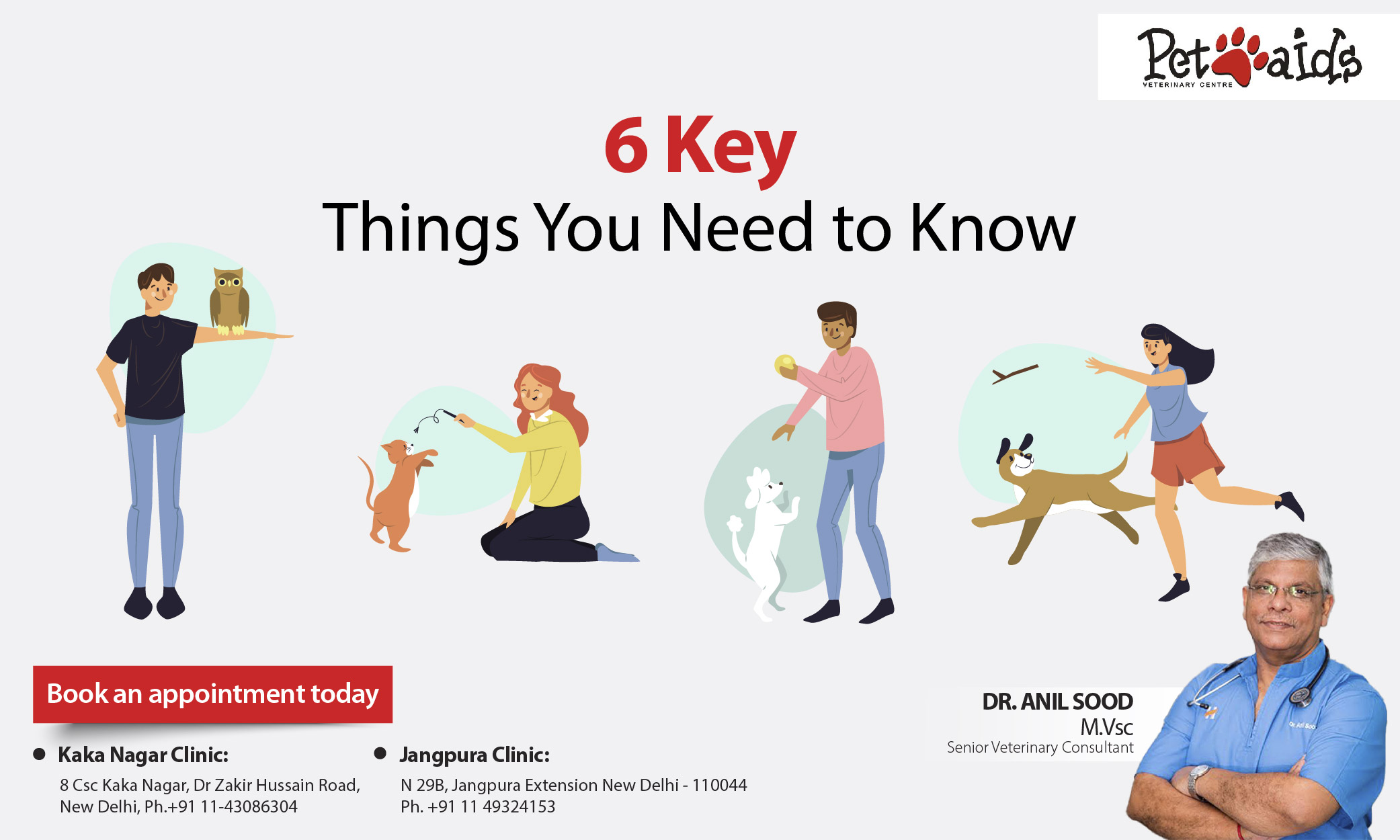Protecting your beloved companions through vaccination is a cornerstone of responsible pet ownership. While many pet owners understand vaccines matter, truly grasping their purpose, timing, and benefits enables better healthcare decisions. Here are six crucial aspects every pet owner should comprehend about keeping their animals protected through proper immunisation.
1. Understanding Vaccination’s Protective Role
Think of vaccines as your pet’s invisible armour. These medical marvels work by introducing harmless versions of dangerous pathogens, training your pet’s immune system like a skilled warrior preparing for battle. When the real threat appears, your pet’s body stands ready with its defensive arsenal.
Dog vaccinations give vital protection from deadly threats like parvovirus, rabies, adenovirus, and distemper through targeted vaccination, while cats get specialised defences against threats like panleukopenia, calicivirus, and feline leukaemia virus (FeLV). These preventive measures construct a protective wall that limits disease transmission across pet populations and into human communities.
When pets miss their shots, they face serious health risks that can result in costly medical expenses and permanent wellness issues. Some feline and canine vaccinations aren’t optional, particularly rabies shots, which most countries mandate to protect community health.
2. Core and Non-Core Vaccines
Modern veterinary medicine categorises vaccines into two distinct groups: core and non-core vaccines.
Core vaccinations represent essential protection every pet requires, regardless of lifestyle. These target widespread, serious diseases with significant health implications. Rabies vaccination exemplifies this category, protecting both animal and human populations. Just as critical are canine distemper and feline panleukopenia protections.
Non-core vaccinations provide additional safeguards based on individual risk factors. Dogs frequently exploring woodland environments might benefit from Lyme disease protection, while outdoor cats often need FeLV vaccination. Your vet can determine appropriate supplemental protection based on factors including age, breed, health status, and environmental exposure risks.
3. Timing Considerations
Protection schedules follow carefully researched patterns to maximise effectiveness. Initial kitten and puppy vaccinations typically begin between six and eight weeks of age, with follow-up boosters administered every three to four weeks until reaching approximately sixteen weeks old.
This carefully timed approach addresses the gradual decline of maternal antibody protection. While new-born pets receive valuable immunity through mother’s milk, this natural shield diminishes over time, leaving young animals vulnerable without vaccination intervention. Regular boosters maintain long-term protection, scheduled either annually or triennially depending on specific vaccines and veterinary recommendations.
4. Recognising Potential Reactions
Though vaccine shots for dogs and cats generally prove safe and effective, some pets experience mild side effects including:
- Temporary injection site discomfort
- Swelling
- Brief fever
- Short-term lethargy
- Reduced appetite lasting one to two days
Less commonly, pets might develop more serious reactions requiring immediate veterinary attention:
- Facial or paw swelling
- Respiratory difficulties
- Vomiting or diarrhoea
- Hives
Understanding these possibilities helps pet owners monitor their animals effectively after vaccination procedures. Discussing your pet’s medical history beforehand helps identify potential sensitivities requiring special consideration.
5. Herd Immunity
Widespread vaccination creates valuable herd immunity effects, establishing community-wide disease resistance. This collective protection proves particularly important for managing serious threats like rabies, which can affect multiple species including humans. Each vaccinated pet strengthens this protective network, contributing to broader public health security.
Through understanding these fundamental vaccination aspects, pet owners can make informed decisions supporting both individual animal welfare and community health resilience. Regular consultation with veterinary professionals ensures protection strategies remain current and effective, transforming routine vaccinations into powerful tools for lasting health preservation.
6. Common Myths and Misconceptions about Vaccines
Various myths surround pet vaccination, potentially leading to reluctance or misinformation. Here are several common misconceptions clarified:
- “Indoor pets don’t need vaccines.” Even indoor-only pets face risks. Ailments like rabies and leptospirosis can spread via wildlife, while pathogens like distemper can enter homes on clothing or footwear.
- “Vaccines cause autism in pets.” This myth originates from discredited human studies and lacks scientific foundation in veterinary medicine. Vaccines undergo rigorous safety and efficacy testing.
- “Annual boosters are unnecessary.” Though some vaccines now provide multi-year protection, others demand yearly boosters to maintain immunity. Skipping boosters endangers your pet.
- “Natural immunity is better than vaccination.” While recovery from illness can provide immunity, the dangers of severe sickness or death significantly outweigh the benefits. Vaccination offers a safer and controlled method to build immunity.
Educating yourself and consulting your vet remains the optimal approach to distinguish fact from fiction and make assured decisions regarding your pet’s health.
Final Thoughts
Regular vaccination offers critical defence against life-threatening illnesses whilst fostering a dynamic, flourishing life. Through understanding essential vaccination facts and information, sticking to prescribed schedules, and keeping open communication channels with your vet, you’ll deliver superior care to your beloved pet.
Consider this: every immunisation not only fortifies your pet’s defences but reinforces the collective immunity shield protecting neighbourhood animals. View these pet vaccination shots as an investment in devotion – a straightforward gesture demonstrating unwavering commitment to your pet’s welfare. Postponing this essential safeguard proves unwise; today’s minor effort averts tomorrow’s potential anguish.
